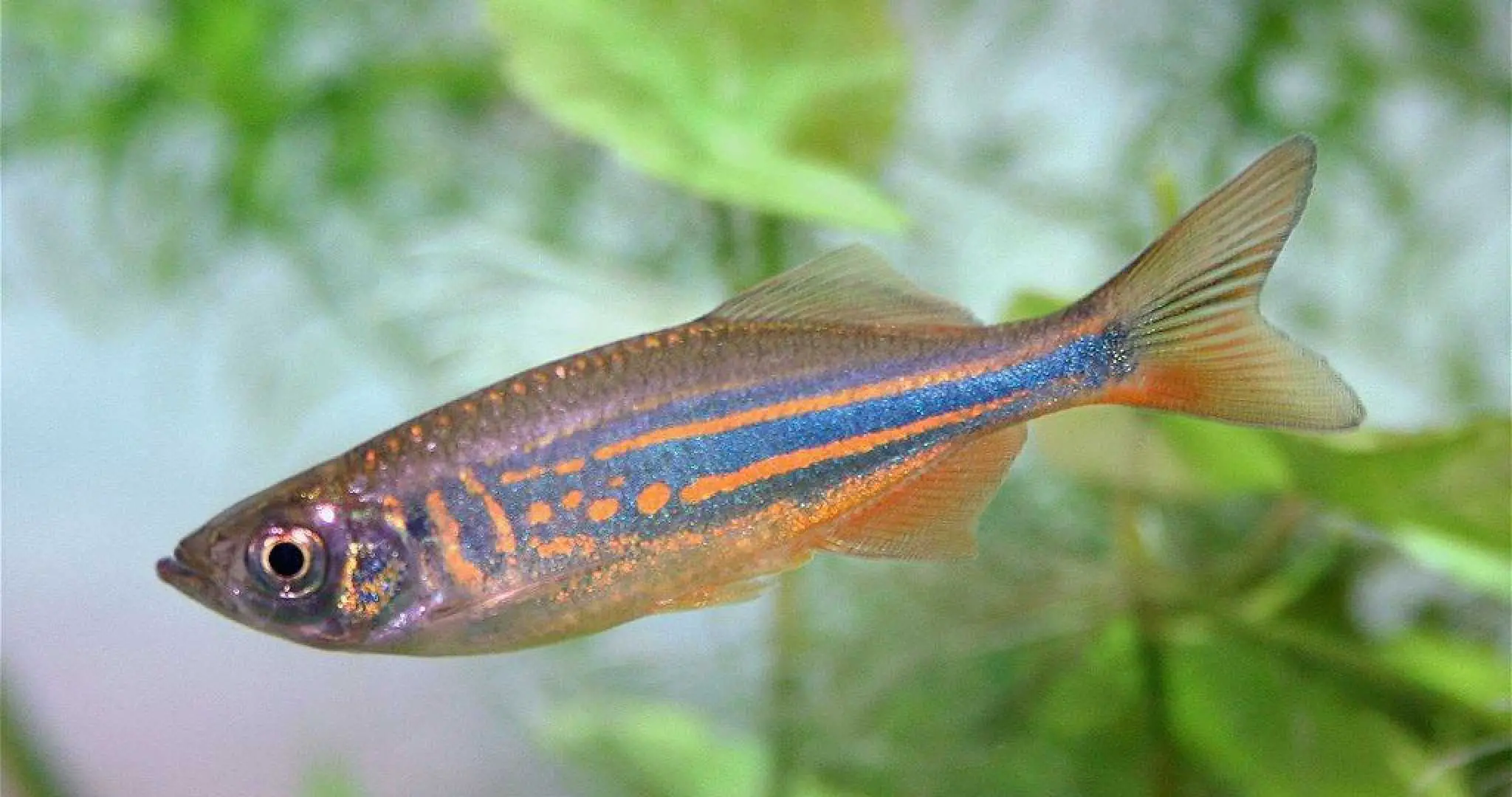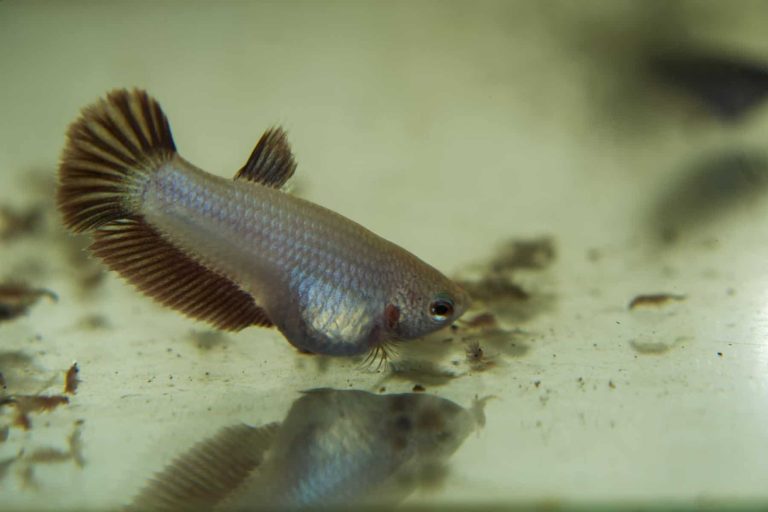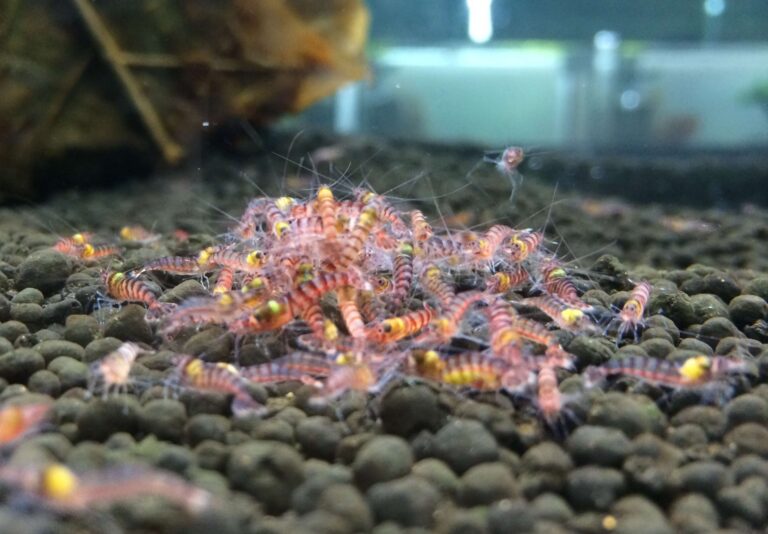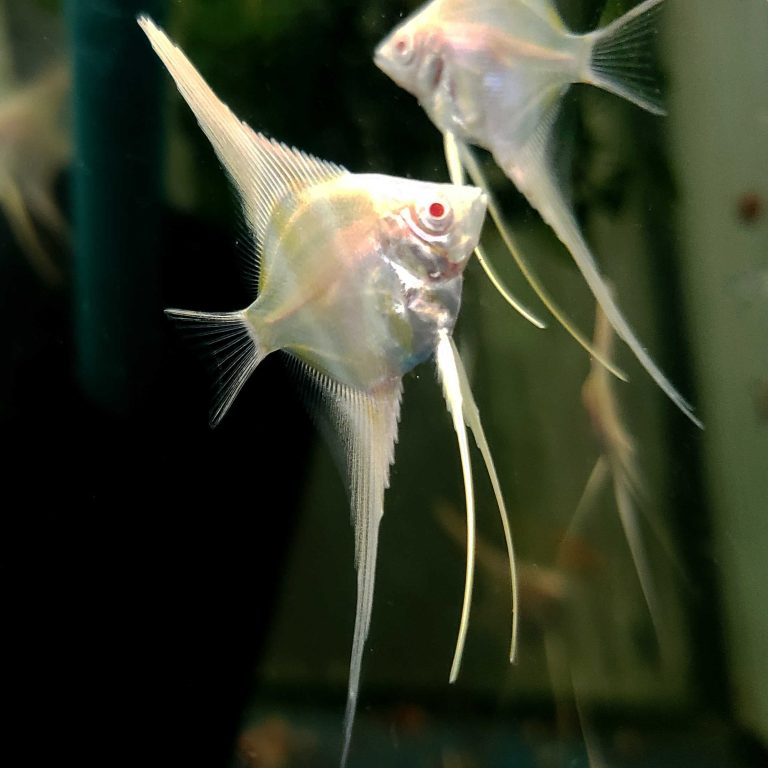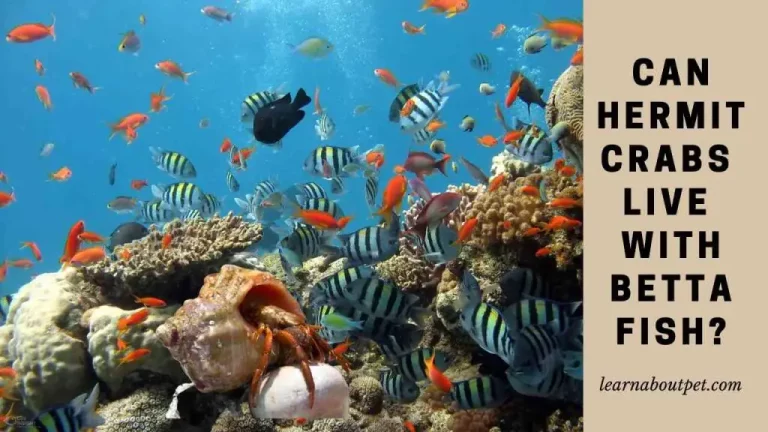Red Tail Shark Tank Mates
Red Tail Shark Tank Mates: The Ultimate Guide
Are you considering adding a red tail shark to your aquarium? If so, one of the key factors to consider is the compatibility of the red tail shark with other fish species. In this article, we will explore the ideal tank mates for red tail sharks, as well as provide some tips and guidelines to help create a harmonious aquatic environment.
Red tail sharks, scientifically known as Epalzeorhynchos bicolor, are popular among aquarium enthusiasts for their stunning appearance and active behavior. These fish are native to Thailand and are known for their vibrant red-orange tails and sleek black bodies. While they can be territorial and prone to aggression, with the right tank mates and proper care, red tail sharks can be a stunning addition to any community aquarium.
Creating a Peaceful Community Tank
When selecting tank mates for your red tail shark, it is essential to consider their temperament, size, and habitat requirements. Red tail sharks thrive in aquariums with plenty of hiding spots and swimming space. It is crucial to strike the right balance between providing hiding places for the red tail shark and ensuring that other fish have enough space to swim freely.

Ideal Red Tail Shark Tank Mates
Here is a list of fish species that are commonly considered compatible with red tail sharks:
1. Gouramis: Gouramis are peaceful and beautiful fish that can coexist with red tail sharks. They come in various colors and patterns and can make for a stunning addition to your aquarium.
2. Rainbowfish: These vibrant and active fish can add a splash of color to your tank. They are generally peaceful and can coexist with red tail sharks, given sufficient space.
3. Corydoras Catfish: Corydoras catfish are bottom dwellers that can help keep your tank clean. They are peaceful and compatible with red tail sharks as they generally occupy different areas in the tank.
4. Swordtails: Swordtails are active and peaceful fish that can coexist with red tail sharks. They come in various colors and are known for their elegant sword-like tails.
5. Danios: Danios are small, active fish that can be an excellent choice as tank mates for red tail sharks. They are fast swimmers and can help bring life to your aquarium.
6. Bristlenose Plecos: These docile algae-eaters can coexist peacefully with red tail sharks. They also help keep the tank clean by consuming algae.
Species to Avoid
While there are many potential tank mates for red tail sharks, some species should be avoided due to their aggressive nature or similar territorial habits:
1. Other Sharks: Avoid keeping multiple species of sharks in the same tank, as they are likely to compete for territory and become aggressive towards each other.
2. Barbs: Many barb species have a tendency to nip at the fins of other fish, including red tail sharks. It is best to avoid keeping them together.
3. Cichlids: Cichlids are known for their territorial behavior and can be aggressive towards red tail sharks. It is best to avoid mixing these two species.
4. Angelfish: Angelfish can be aggressive and may target the fins of red tail sharks. It is advisable to choose other peaceful species as tank mates.
Tips for a Successful Tank Setup
In addition to selecting appropriate tank mates, here are some general tips to ensure a successful community tank setup with a red tail shark:
1. Provide Sufficient Space: Red tail sharks require a tank with a minimum capacity of 50 gallons, as they can grow up to 6 inches in length. Ensure that there is ample swimming space for all the fish.
2. Add Hiding Places: Create plenty of hiding spots using caves, rocks, and plants. This will help the red tail shark establish its territory without constantly feeling threatened by other fish.
3. Maintain Water Parameters: Red tail sharks prefer water with a slightly acidic to neutral pH (6.5-7.5) and a temperature range of 75-81°F. Regular water testing and maintenance are essential for the well-being of all tank inhabitants.
4. Feed a Balanced Diet: Provide a varied diet consisting of high-quality pellets, flakes, and occasional live or frozen foods. A balanced diet will help promote the overall health and vitality of the red tail shark and its tank mates.
5. Monitor Behavior: Keep a close eye on the interactions between the red tail shark and other fish. If you notice signs of aggression or stress, consider rehoming or separating the aggressive fish to maintain peace in the tank.
Frequently Asked Questions
Q: Can red tail sharks be kept with tetras?
A: Tetras can generally coexist with red tail sharks. However, it is essential to choose larger tetra species or individuals because smaller tetras may become targets for aggression.
Q: Are red tail sharks compatible with goldfish?
A: It is generally not recommended to keep red tail sharks with goldfish. Goldfish have different temperature and feeding requirements, and the red tail shark may become aggressive towards the slower-moving goldfish.
Q: Can red tail sharks be kept with livebearers like guppies?
A: Red tail sharks may exhibit aggression towards small, colorful fish like guppies. If kept together, monitor their interactions closely and provide plenty of hiding places.
Q: How many red tail sharks can be kept together?
A: Red tail sharks are territorial and may become aggressive towards their own kind. It is best to keep only one red tail shark per tank to avoid potential conflicts.
Final Thoughts
Choosing the right tank mates for your red tail shark is crucial for creating a harmonious and balanced aquarium environment. By understanding the temperament and specific needs of different fish species, you can ensure a successful and visually appealing community tank. Remember to provide ample swimming and hiding space, maintain water parameters, and monitor the behavior of your red tail shark and its tank mates. With proper care, your red tail shark will thrive alongside its compatible companions, creating a captivating aquatic display in your home.
